Nipmuck Mountain Laurel
$79.50 Original price was: $79.50.$55.65Current price is: $55.65.
- Free Shipping over $25
- Fast & reliable delivery options
- Enjoy top quality items for less
- Multiple safe payment methods

Despite the continuing interest in native plants for gardens, one plant, the mountain laurel, remains strangely under-used. Although there are many gorgeous varieties, this evergreen relative of azaleas is often overlooked when choosing flowering shrubs. Don’t make that mistake yourself, and instead discover the beauty, and ease of growing, that makes these plants big favorites with ‘gardeners in the know’. The Nipmuck Mountain Laurel might have an unlikely name (it’s a state forest in Connecticut, since you asked), but it’s a beautiful compact shrub that will bring months of color and interest to your garden. Its big clusters of pink blooms are amazing, and even when not in bloom it has attractive glossy foliage and a great look. Perfect for any lightly-shaded part of your garden, it is formal enough to look good around your home, but also perfect in woodland gardens too.
Growing the Nipmuck Mountain Laurel
Size and Appearance
The Nipmuck Mountain Laurel is a broad, upright, evergreen shrub that grows to about 4 feet tall and wide. It has a dense, bushy form, with the base becoming woody in time. The bark is an attractive reddish-brown, and peels in thin strips, giving mature plants a solid, rugged look. The leaves are about 3 inches long, dark green, with a leathery texture and a glossy surface, reminiscent of rhododendron leaves. They stay green and attractive all year round.
The Nipmuck Mountain Laurel is later to flower than most other varieties of this shrub, and it is usually in bloom throughout June. It is a wonderful way to extend the season, if you have other mountain laurel varieties, and to add color at a time that is often lacking flowers from most other shrubs. The blooms are visible as early as fall, when they first appear at the ends of maturing shoots, as clusters of small red stalks. These develop slowly over the winter months and through spring. By then they have grown into clusters of unique red buds that are very colorful and showy, with multiple flattened sides and a central point, as if they have been iced onto a cake. For the weeks and weeks before they open they add lots of color to your beds. The 6-inch flower clusters contain many buds, and they are profuse all across the plant. When they do open, each one is a pink cup shaped like a rice bowl, dark on the outside, pale inside, with a series of red stripes radiating up the inside of the bowl. Flowers stay effective for several weeks.
Using the Nipmuck Mountain Laurel in Your Garden
Consider the Nipmuck Mountain Laurel as a compact evergreen, and you know how to use it. Plant around your home, on the east side, or on a bright northern side. Use it for structure in your shady beds, around trees or on the edge of wooded areas. Plant it in natural settings in open woodland, or on banks and slopes. If you don’t have suitable soil, grow it in a large pot or planter.
Hardiness
The Nipmuck Mountain Laurel is hardy from zone 5 all through zone 9. In zone 5 plant in a sheltered position and water well in later fall, to avoid winter burn.
Sun Exposure and Soil Conditions
Mountain laurel grows best in partial shade, with perhaps a few hours or direct sun in the morning, or in the bright shade of tall trees. The north side of walls, with clear sky overhead, is also very suitable, or the dappled, open shade of wooded areas. It grows best in conditions suitable for rhododendrons and azaleas, although it is less demanding for acid soil than they are. The soil should be moist, well-drained and rich, preferably slightly acidic too, but it will grow well in most good garden soils that are not highly alkaline. Well established, mature plants can tolerate some periods of drought, but good moisture levels are needed for the best results and for plenty of blooms.
Maintenance and Pruning
For growing in pots, use potting soil and fertilizer for acid-loving plants, and make sure the planter has drainage holes. The only maintenance needed is to snip off the spent flower heads, avoiding cutting any leafy stems. Don’t trim, as this will reduce flowering. With its dense form pruning is rarely if ever going to be needed. Pests and diseases are rare, and if given suitable soil and moisture this is a very easy and trouble-free plant to grow.
History and Origin of the Nipmuck Mountain Laurel
The Nipmuck Mountain Laurel is a selected form of the American native plant, Kalmia latifolia. This shrub grows all through the east, from Maine to northern Florida, and west to Indiana and Louisiana. It is the state flower of Connecticut and of Pennsylvania, and it grows on slopes and in forests in many mountainous areas. In the wild it can be 15 feet tall, or rarely even more. Wild plants have white flowers with a few pink markings inside them.
It took the work of Richard Jaynes, a geneticist and plant breeder at the Connecticut Agricultural Experimental Station in New Haven to turn this wild plant into a garden gem. He began breeding and selecting plants in 1961, starting with unique forms collected in the wild. He crossed numerous seedlings, and it was among these that he found, in 1971, an outstanding plant he named ‘Nipmuck’.
Buying the Nipmuck Mountain Laurel at The Tree Center
Difficulties in reproducing mountain laurel in nurseries has been a reason for their lack of availability, but now they are being produced by tissue culture in laboratory greenhouses. This has made them more available, and we love having these great plants to offer you. If you haven’t grown them before, now is your chance. If you have, then the Nipmuck Mountain Laurel will be a wonderful addition to your garden. Either way, be sure to order now, as our limited stock will soon be gone.
Be the first to review “Nipmuck Mountain Laurel” Cancel reply
Related products
Butterfly Bush
Butterfly Bush
Knock Out® Roses
Butterfly Bush
Butterfly Bush
Drift® Roses
Other Shrubs & Hedges
Other Shrubs & Hedges

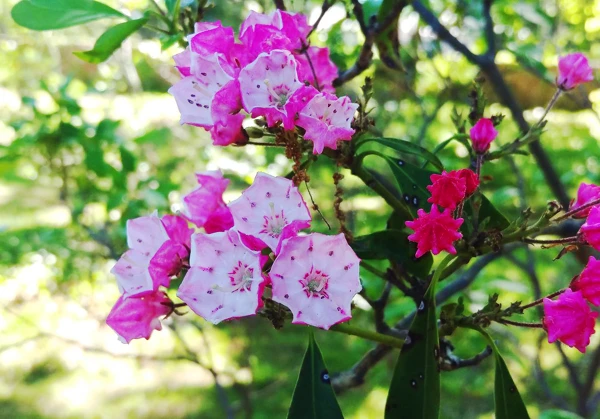
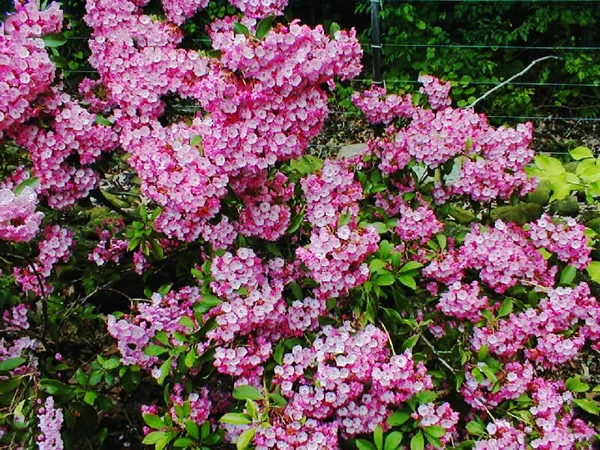
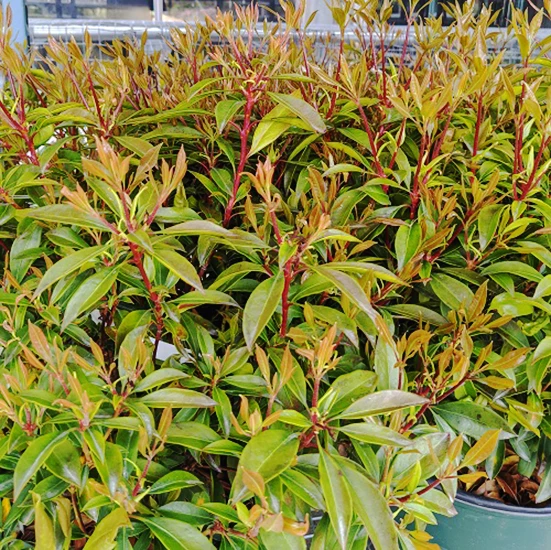
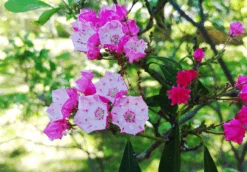
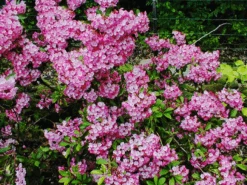


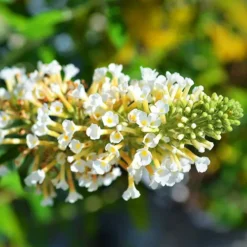

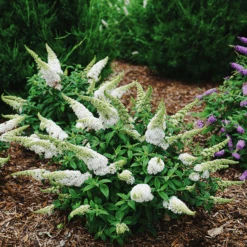



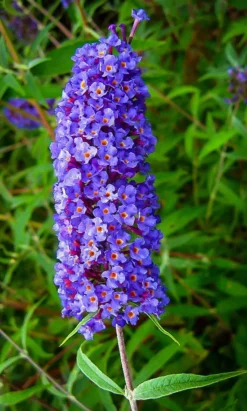



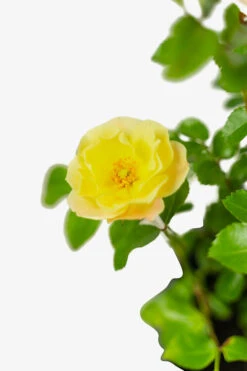
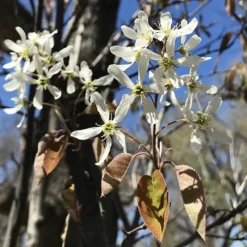

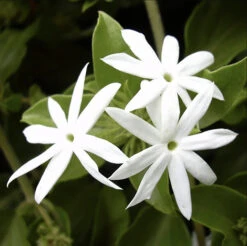
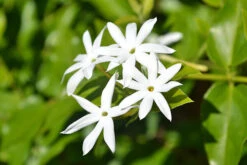
Reviews
There are no reviews yet.